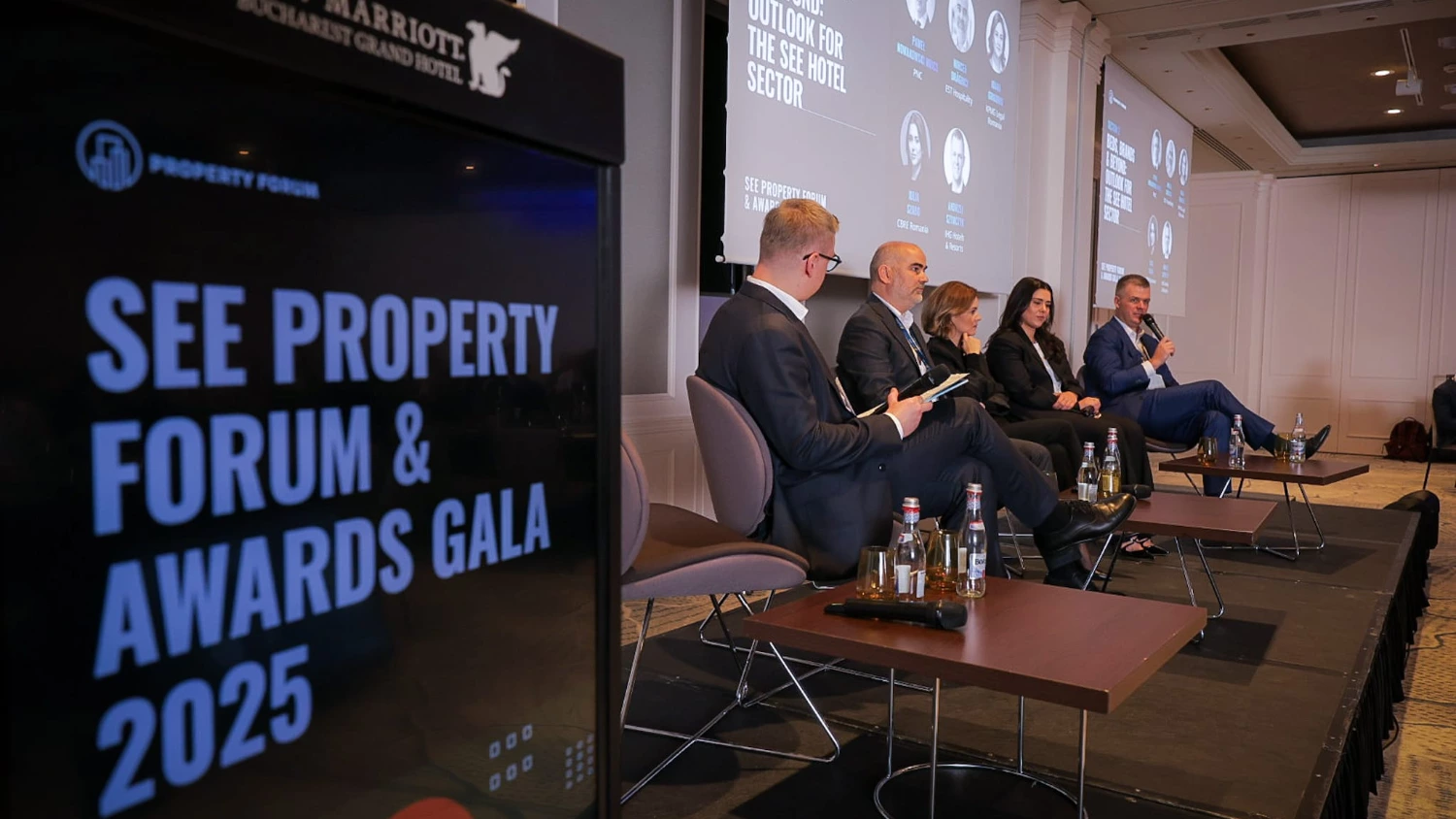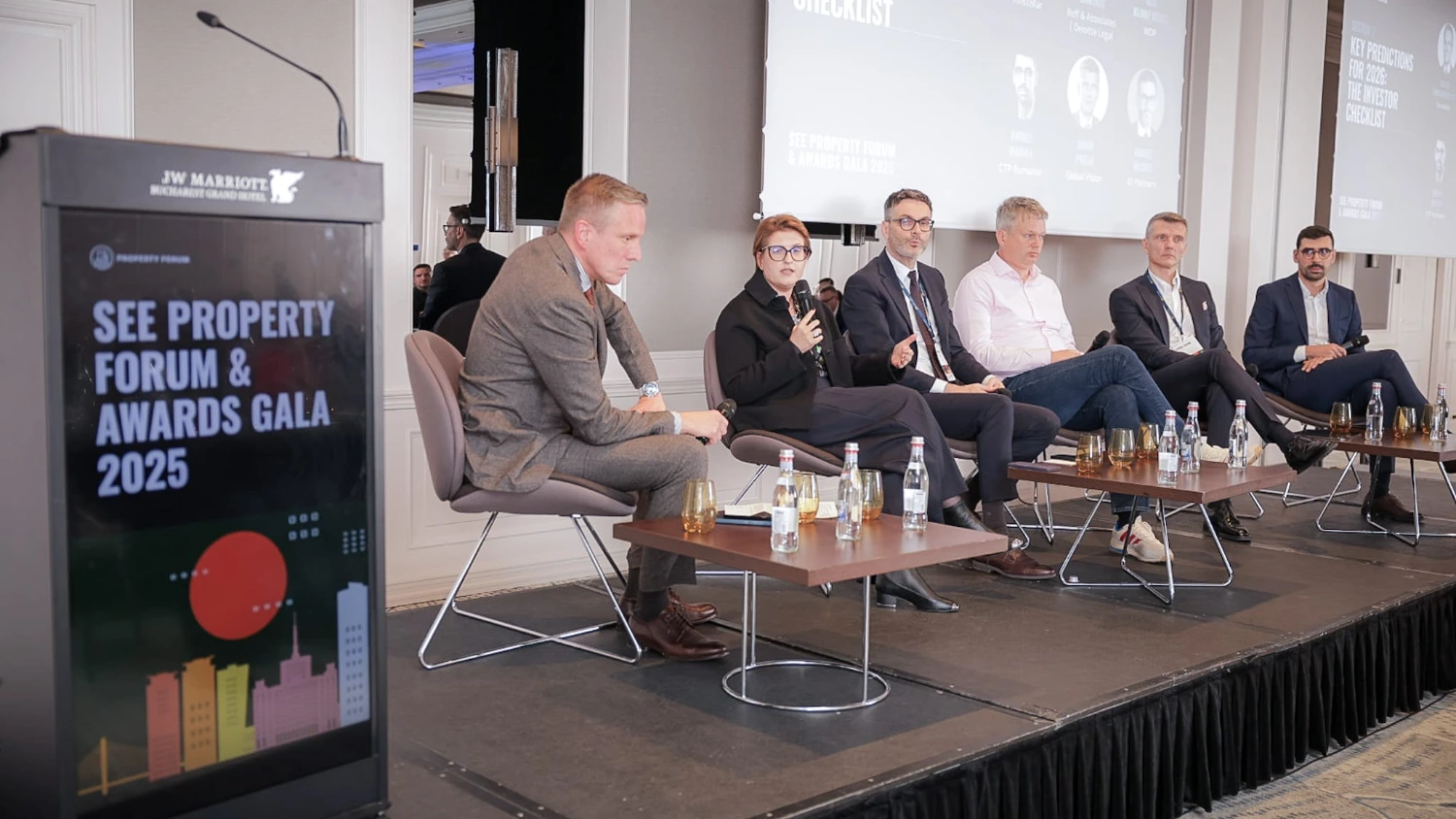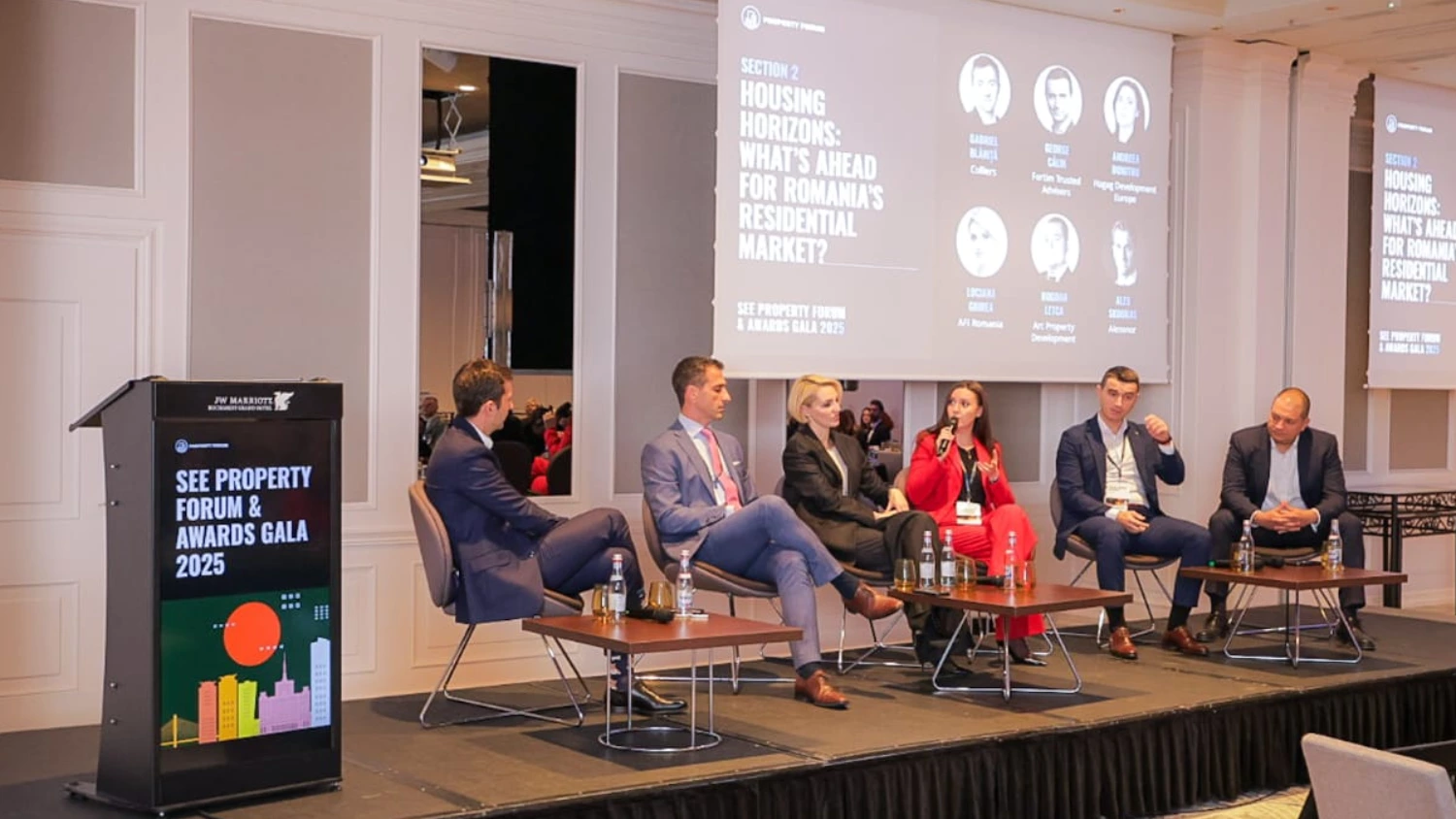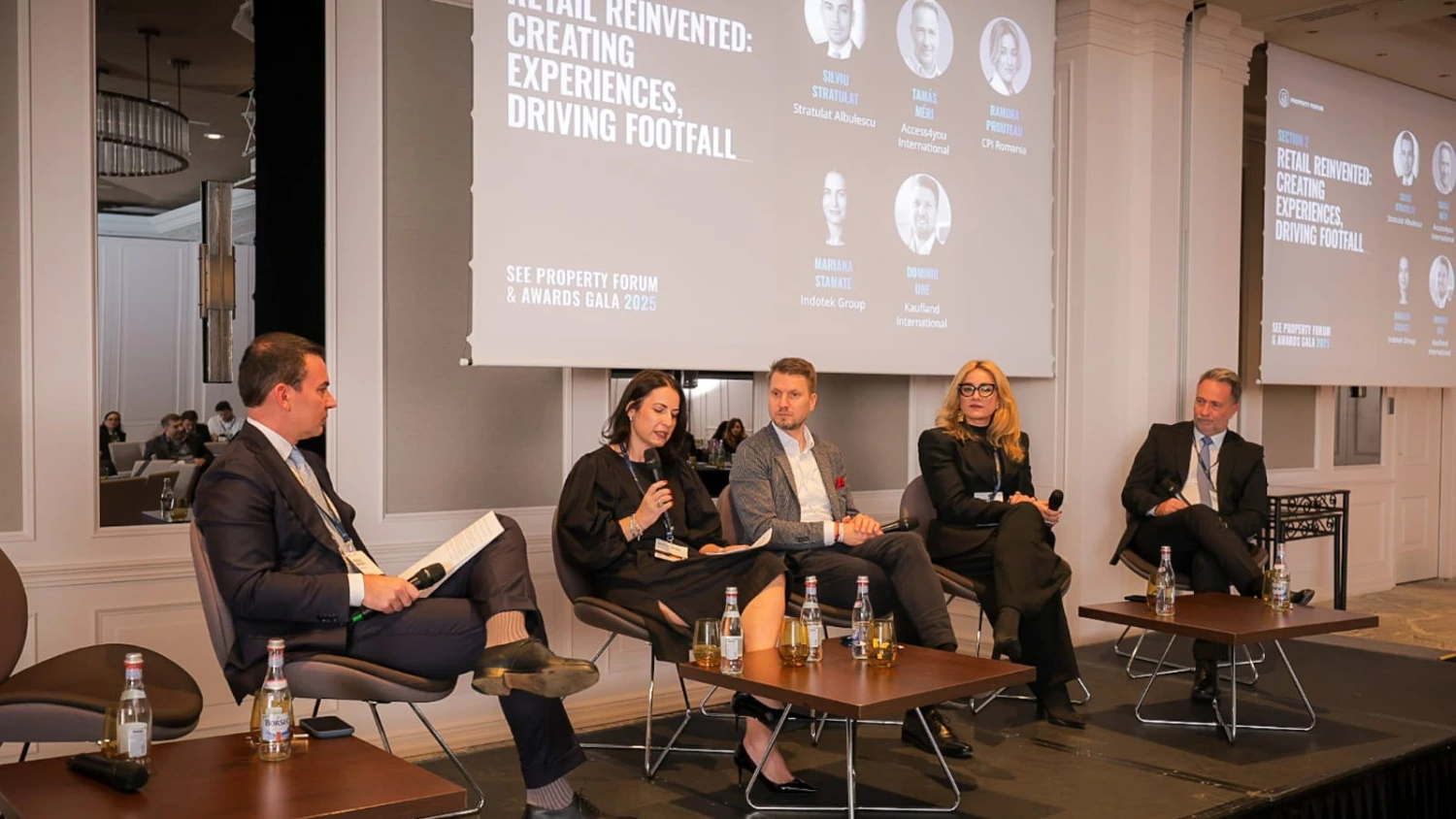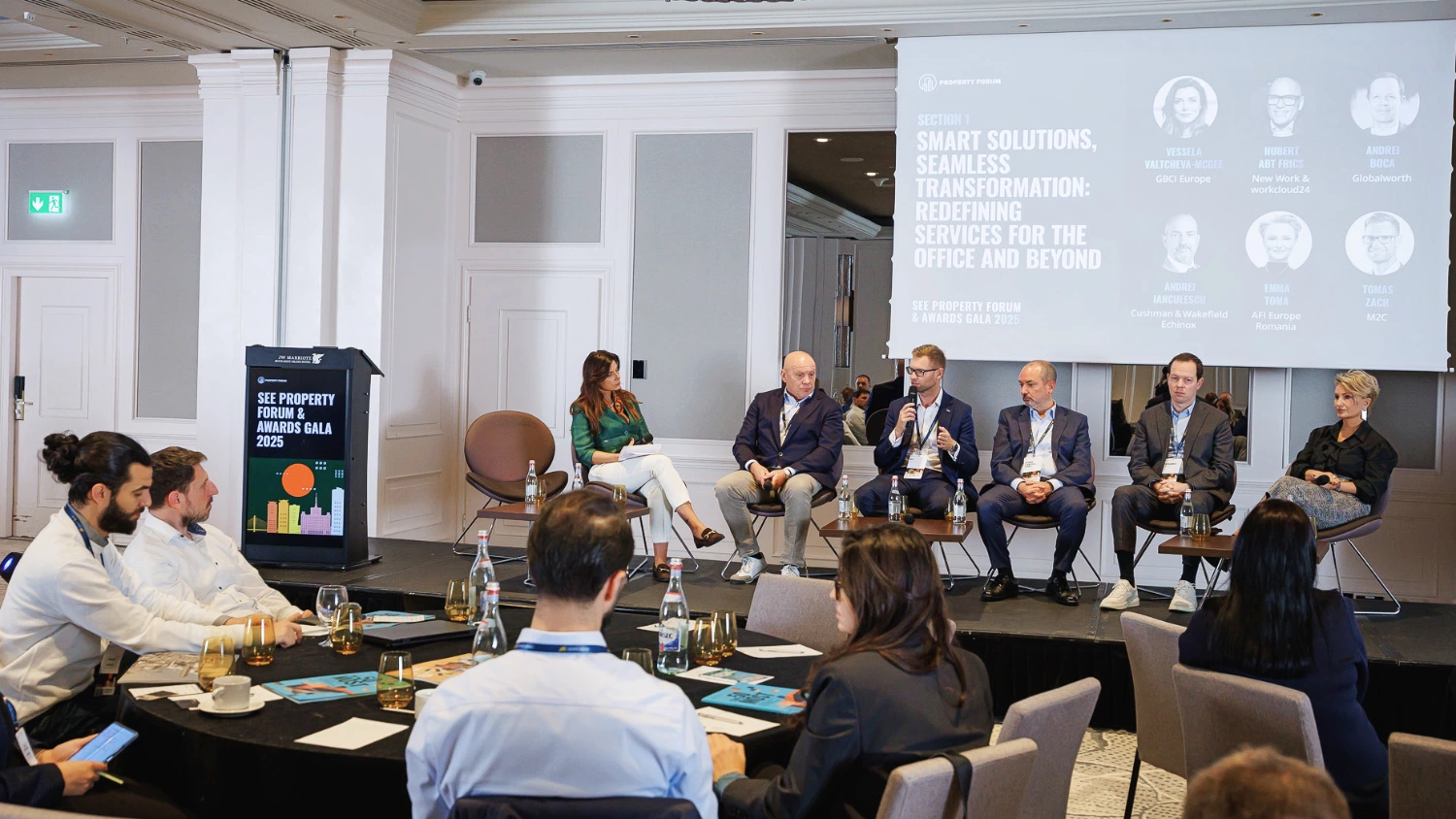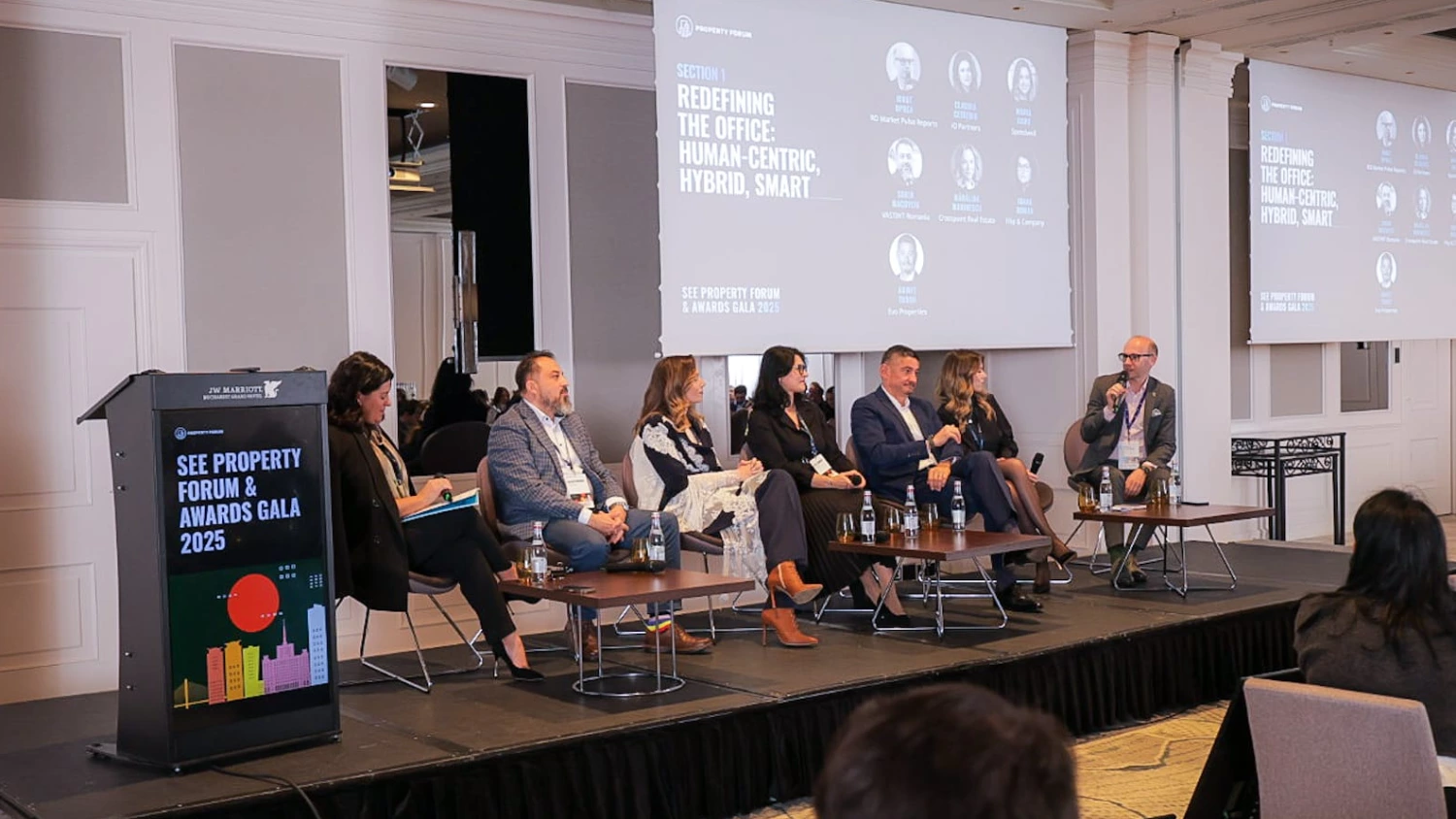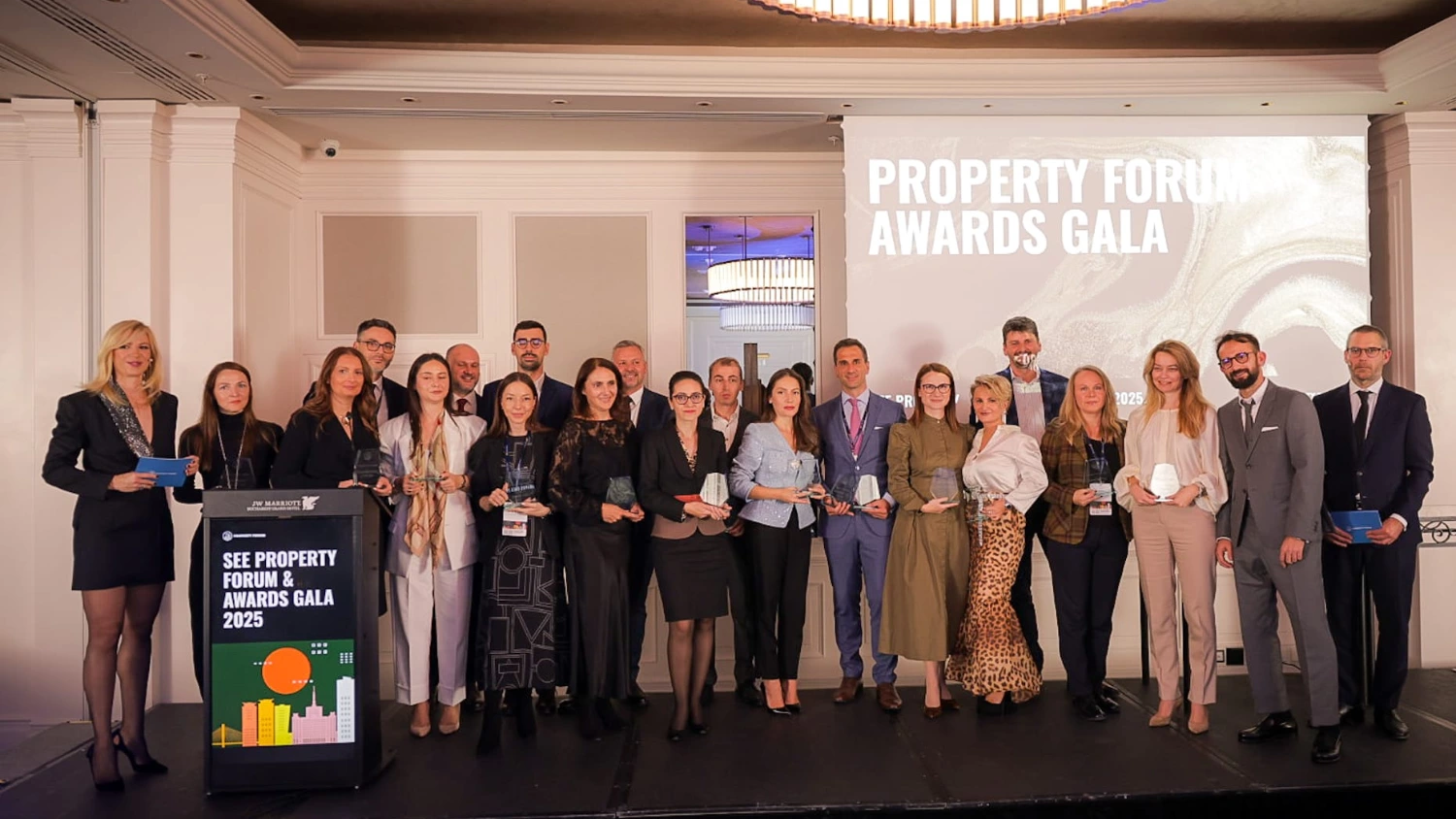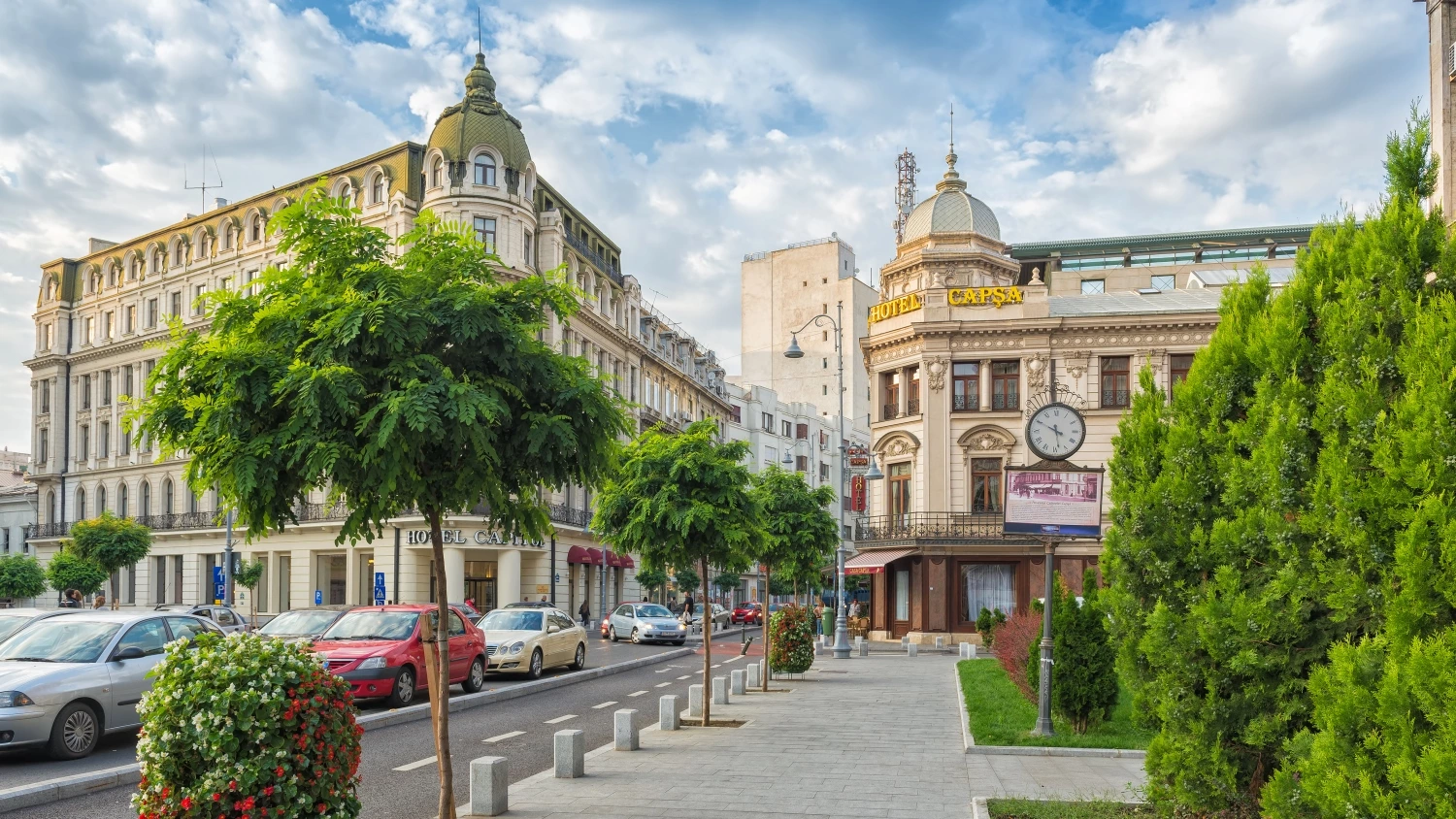Moderator Paweł Nowakowski set the stage by examining the rebound that the hotel industry in the region has experienced after the pandemic, driven by “revenge travel” and notable double-digit growth in Average Daily Rates (ADR) and occupancy. However, Paweł acknowledged a change in the pace of expansion. “While the enthusiasm for travel post-pandemic led to stellar numbers, we are now witnessing a normalisation. Growth remains, but the industry must adjust expectations from the extraordinary to the sustainable,” he observed. “The real question is: What will power market growth moving forward as these initial surges level off?”
Iulia Szabo, Consultant at CBRE Romania, emphasised how investor sentiment and traveller behaviour are evolving. “The region has undergone dynamic growth in recent years, marked by greater investor confidence and a more discerning, experiential traveller. As guests seek locally-driven and unique experiences, international brands have become increasingly attracted to the SEE,” she noted. In her view, “the market is maturing due to changing fundamentals, and new products like serviced apartments and branded residences are rising to meet a diverse range of guest needs.”
Representing IHG Hotels & Resorts, Andrzej Szymczyk painted a nuanced picture of Romania's hotel market in the context of CEE. “Operationally, the Romanian market is robust, even as headline performance growth flattens compared with the explosive post-pandemic period. There continues to be room for yield, especially relative to more saturated markets like Poland,” he explained. “City hotels offer predictability, but the country's vast untapped destinations—coastlines, countryside, and mountains—show immense promise, provided infrastructure and branded offerings can keep pace with demand. It's a case of aligning investment strategy to the right asset and location.”
Mircea Drăghici, CEO & Founder of EST Hospitality, highlighted the importance of macroeconomic factors, infrastructure, and regulatory environments. “This year, we expect the market to reach and even surpass 2019 levels in both tourist arrivals and overnight stays,” he commented. “However, realities such as delayed zoning reforms and administrative bottlenecks in cities like Bucharest continue to hinder rapid expansion. The entry into the Schengen area, though, is poised to drive demand, particularly in western Romania and along the Black Sea, strengthening both tourism and investment.”
The legal and financial dimensions were expertly unpacked by Ioana Grigoriu, Co-Head of Real Estate at KPMG Legal Romania. She explained, “Our clients are increasingly seeking thorough legal and financial due diligence as regulations and tax regimes shift. The path to developing hotels—particularly when converting historic or protected buildings—is fraught with permitting complexities and often substantial extra costs.” Ioana added, “While the market is optimistic, developers in Romania face stricter financing constraints; bank loans rarely reach beyond 50% of investment value, putting a greater focus on sponsors to bridge the gap.”
Topics of sustainability and conversion dominated the latter part of the conversation. Participants agreed that the trend toward converting old office buildings and historic properties into hotels is gaining traction. “Conversions have clear ESG benefits, are often quicker to market, and offer unique products for both guests and investors. Yet, every project must be assessed for commercial viability and regulatory alignment,” Iulia Szabo remarked, reflecting a common theme throughout the discussion.
Investment outlook was also scrutinised, with panellists noting that institutional investors favour long-term, stabilised assets with proven track records, while local and regional players continue to drive the bulk of transactional activity through entrepreneurial capital. As Paweł Nowakowski concluded, “SEE's hotel market is at an inflexion point. Success will depend on the ability of all stakeholders to collaborate—combining vision, flexibility, and sound operational strategy to navigate shifting conditions.”

